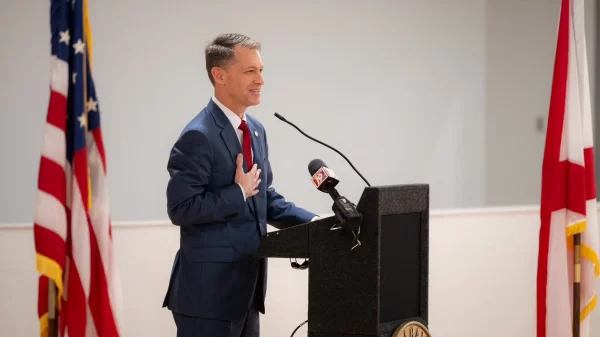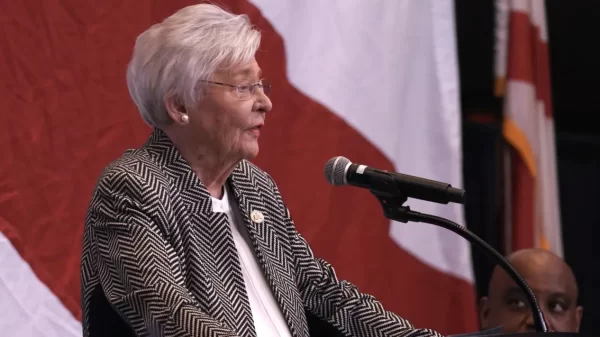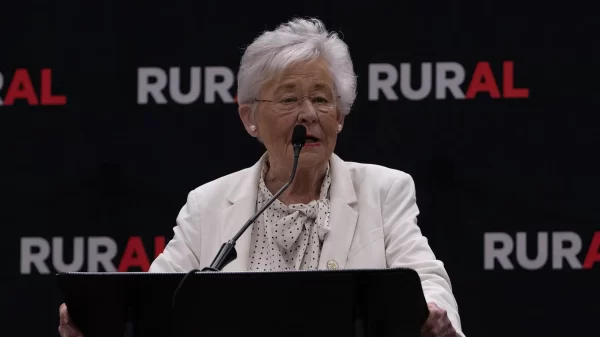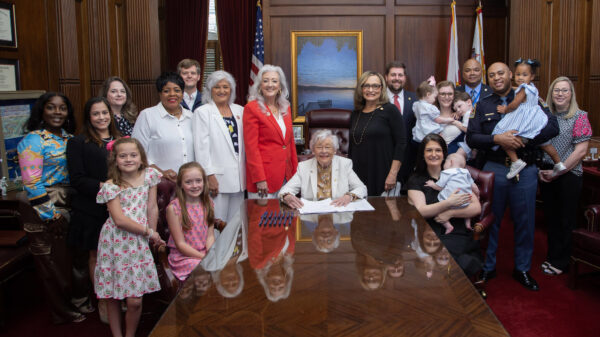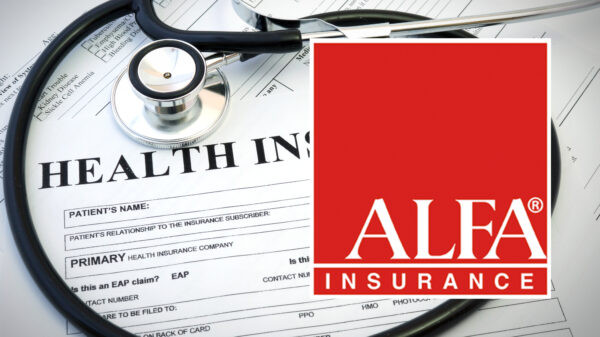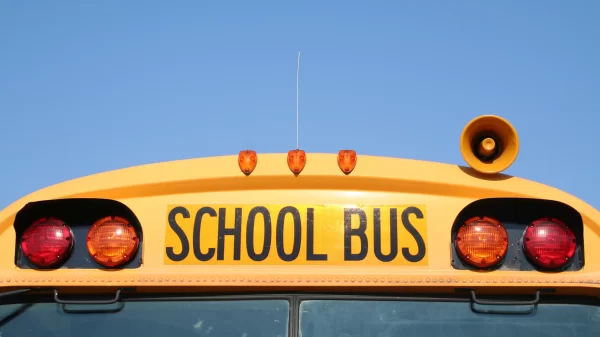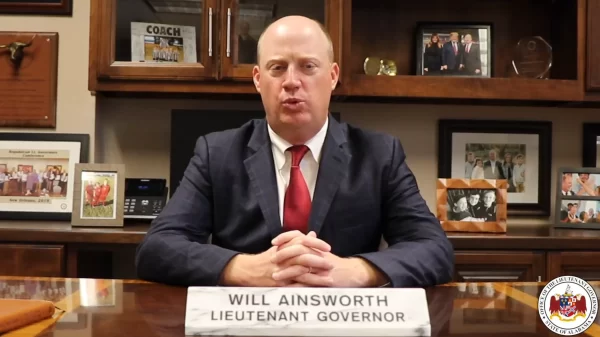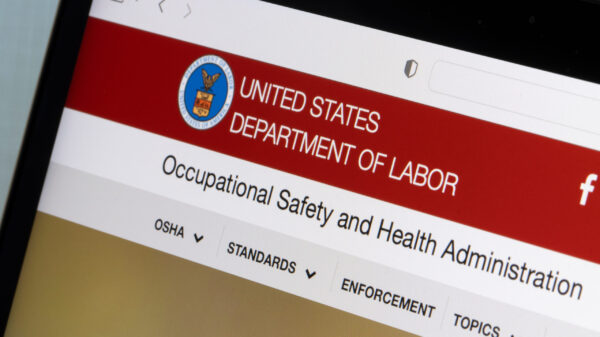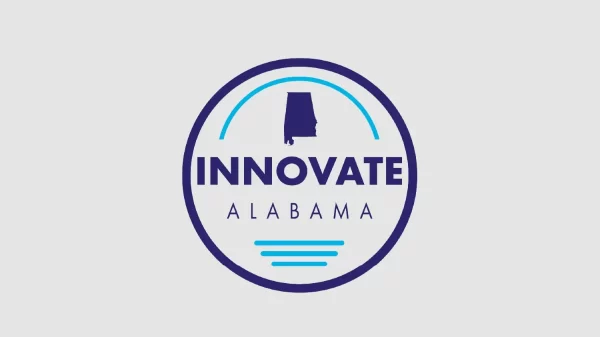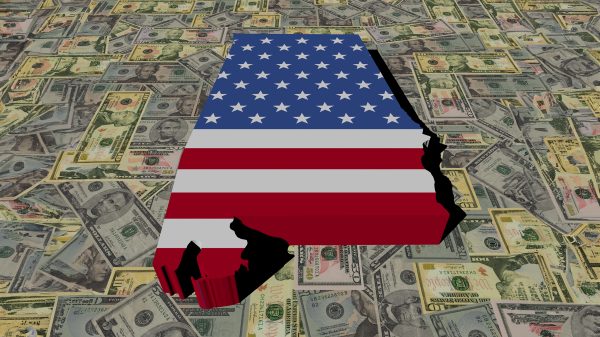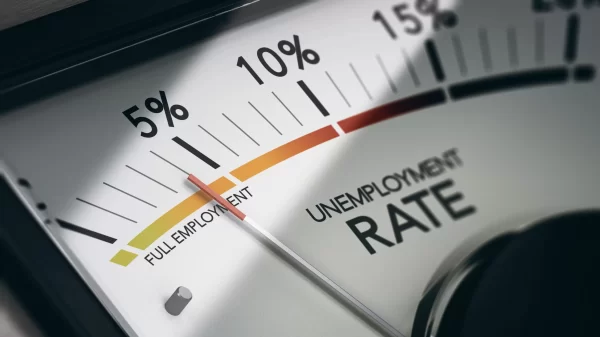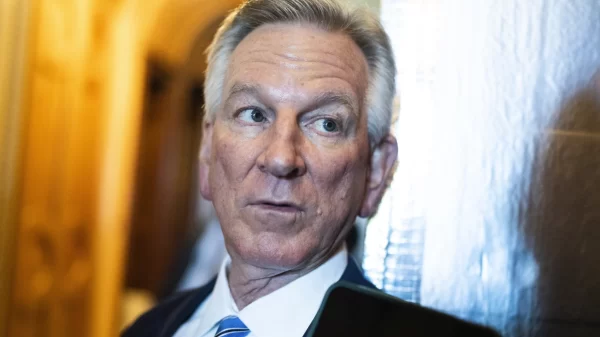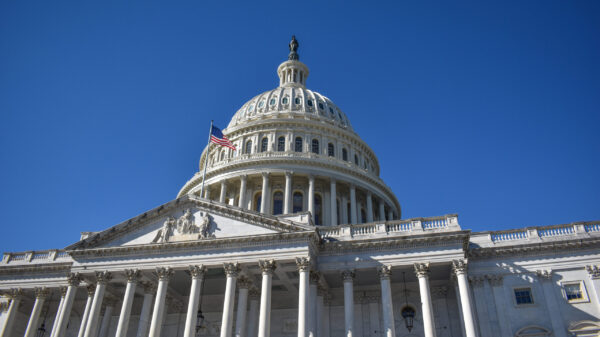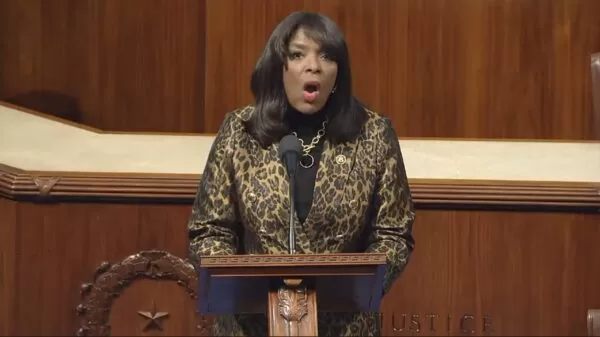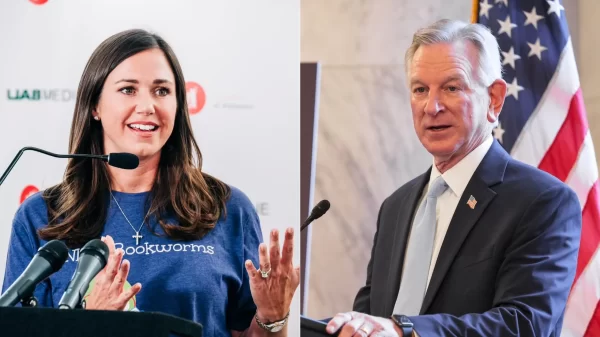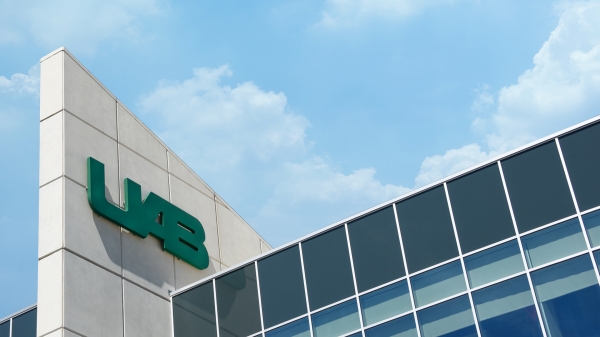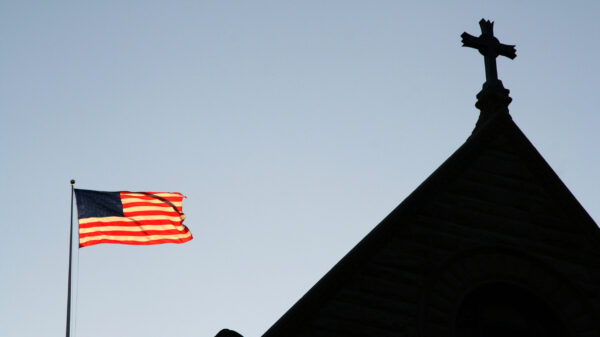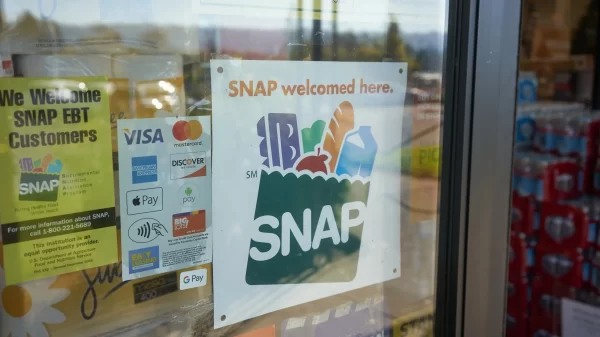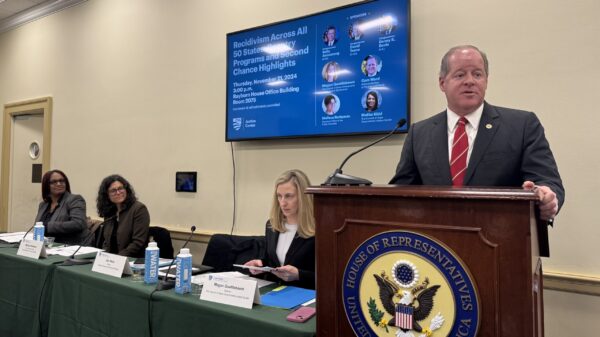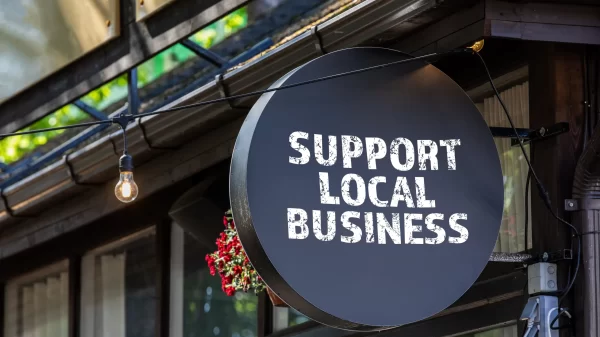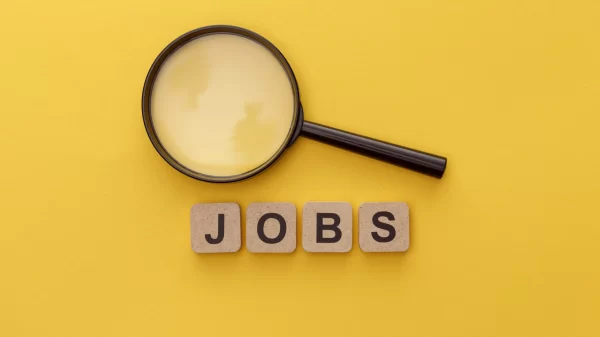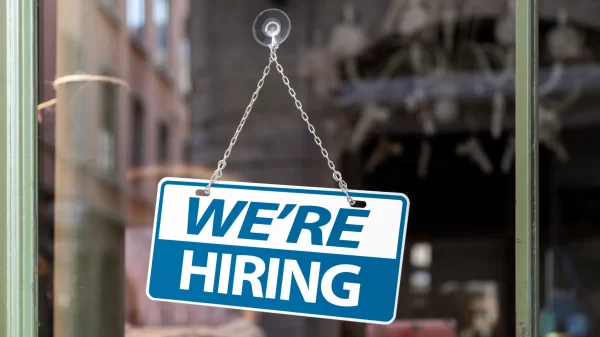|
Getting your Trinity Audio player ready...
|
The NFIB Small Business Optimism Index fell by 2.3 points in January to 102.8. This is the third consecutive month above the 51-year average of 98. The Uncertainty Index rose 14 points to 100 – the third-highest recorded reading – after two months of decline. Read the full report here.
“Overall, small business owners remain optimistic regarding future business conditions, but uncertainty is on the rise,” said NFIB Chief Economist Bill Dunkelberg. “Hiring challenges continue to frustrate Main Street owners as they struggle to find qualified workers to fill their many open positions. Meanwhile, fewer plan capital investments as they prepare for the months ahead.”
State-specific data isn’t available, but NFIB State Director Rosemary Elebash said, “Alabama’s small business owners are hopeful, but they continue to wrestle with labor shortages and rising costs. That makes many of our members think twice before making big investments such as adding positions.”
Key findings of the national survey include:
- The net percent of owners expecting the economy to improve fell five points from December to a net 47 percent (seasonally adjusted).
- Eighteen percent of owners reported that inflation was their single most important problem in operating their business, down two points from December and matching labor quality as the top issue. The last time it was this low was in November 2021.
- The net percent of owners raising average selling prices fell two points from December to a net 22 percent (seasonally adjusted).
- Seasonally adjusted, a net 26 percent plan price hikes in January, down two points from December.
- Thirty-five percent (seasonally adjusted) of all owners reported job openings they could not fill in the current period, unchanged from December.
- Twenty percent (seasonally adjusted) plan capital outlays in the next six months, down seven points from December.
- A net 3 percent of owners reported that their last loan was harder to get than in previous attempts (down one point). The last time it was this low was June 2022.
- A net 0 percent (seasonally adjusted) of owners plan inventory investment in the coming months, down six points from December’s highest reading since December 2021.
As reported in NFIB’s monthly jobs report, a seasonally adjusted 35 percent of all small business owners reported job openings they could not fill in January, unchanged from December. Of the 52 percent of owners hiring or trying to hire in January, 90 percent reported few or no qualified applicants for the positions they were trying to fill.
The percent of small business owners reporting labor quality as the single most important problem for business fell one point from December to 18 percent. Labor costs reported as the single most important problem for business owners fell two points to 9 percent, four points below the highest reading of 13 percent reached in December 2021.
Seasonally adjusted, a net 33 percent reported raising compensation, up four points from December’s lowest reading since March 2021. A seasonally adjusted net 20 percent plan to raise compensation in the next three months, down four points from December.
Fifty-eight percent of owners reported capital outlays in the last six months, up two points from December. Of those making expenditures, 41 percent reported spending on new equipment, 24 percent acquired vehicles, and 16 percent improved or expanded facilities. Twelve percent spent money on new fixtures and furniture and 5 percent acquired new buildings or land for expansion. Twenty percent (seasonally adjusted) plan capital outlays in the next six months, down seven points from December. This index component had the greatest impact on this month’s Index decline.
A net negative 14 percent of all owners (seasonally adjusted) reported higher nominal sales in the past three months, down one point from December. The net percent of owners expecting higher real sales volumes fell two points from December’s highest reading since January 2020 to a net 20 percent (seasonally adjusted).
The net percent of owners reporting inventory gains fell six points to a net negative 6 percent, seasonally adjusted. Not seasonally adjusted, 9 percent reported increases in stocks and 21 percent reported reductions.
A net negative 1 percent (seasonally adjusted) of owners viewed current inventory stocks as “too low” in January, unchanged from December. A net 0 percent (seasonally adjusted) of owners plan inventory investment in the coming months, down six points from December’s highest reading since December 2021.
The net percent of owners raising average selling prices fell two points from December to a net 22 percent seasonally adjusted. Eighteen percent of owners reported that inflation was their single most important problem in operating their business, down two points from December and matching labor quality as the top issue. The last time it was this low was November 2021. Unadjusted, 9 percent of owners reported lower average selling prices and 30 percent reported higher average prices.
Price hikes were the most frequent in the finance (47 percent higher, 6 percent lower), retail (35 percent higher, 6 percent lower), wholesale (34 percent higher, 4 percent lower), and professional services (30 percent higher, 3 percent lower) sectors. Seasonally adjusted, a net 26 percent plan price hikes in January.
The frequency of reports of positive profit trends was a net negative 25 percent (seasonally adjusted), one point less negative than in December. Among owners reporting lower profits, 34 percent blamed weaker sales, 17 percent cited usual seasonal change, 10 percent blamed the rise in the cost of materials, and 9 percent cited labor costs. For owners reporting higher profits, 49 percent credited sales volumes, 24 percent cited usual seasonal change, and 11 percent cited higher selling prices.
Three percent of owners reported that all their borrowing needs were not satisfied, up one point from December. Twenty-five percent reported all credit needs met and 62 percent said they were not interested in a loan. A net 3 percent reported their last loan was harder to get than in previous attempts. The last time this reading was this low was in June 2022. Three percent of owners reported that financing was their top business problem in January, down one point from December. A net 3 percent reported paying a higher rate on their most recent loan, up two points from December’s lowest reading since September 2021.
The NFIB Research Center has collected Small Business Economic Trends data with quarterly surveys since the fourth quarter of 1973 and monthly surveys since 1986. Survey respondents are randomly drawn from NFIB’s membership. The report is released on the second Tuesday of each month. This survey was conducted in January 2025.




